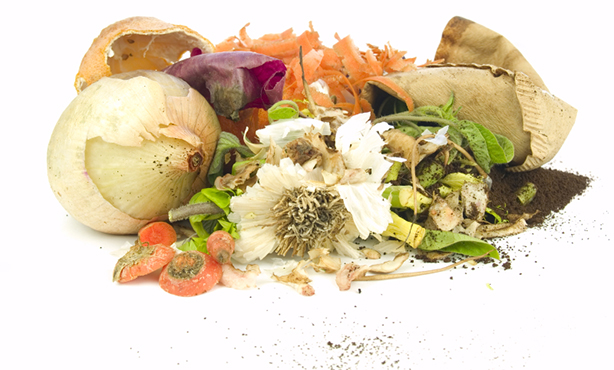
Eliminating Food Waste: The 'Clean Plate Club' and Beyond
Being proactive about eliminating food waste is more than just being a part of the mom approved “clean plate club”. Over the past decade, we have seen an alarming trend in the produce industry. Over one-third ($3 trillion) of usable produce is wasted each year because of visual defects. America is not immune to this problem either as we currently waste up to 40% of the produce we grow. Simple efficient  business practices state that you should only manufacture enough products that you can sell on the open market. This practice of eliminating waste was made famous by the Toyota Production System and continues to be relevant today. So is it the growers fault for all this waste? Or is it a product of our culture? What can be done to control this trend?
business practices state that you should only manufacture enough products that you can sell on the open market. This practice of eliminating waste was made famous by the Toyota Production System and continues to be relevant today. So is it the growers fault for all this waste? Or is it a product of our culture? What can be done to control this trend?
Culturally, food waste has not been a problem until recently. The aging baby boomer population was brought up by parents who, for the most part, were instilled with depression era and war ration ideals about food. Generation X and millennials never had to deal with the scarcity of food items. Economists agree that when barriers on availability of free market items are reduced, either through price reduction or increased production, consumption increases. This was proven by a famous market research study titled, Bottomless Bowls: Why Visual Cues of Portion Size May Influence Intake. The study consisted of 54 participants being served soup from two different bowls. One group of participants was served using a normal bowl, while the other was served using a self-refilling bowl. The participants who were served using the self refilling bowl consumed 73% more soup, and did not believe they ate more than the control group. These results prove that increased availability of a product leads to increased consumption.
Not only is availability an important factor to consumption, visual quality of produce is significant as well. We have become far too superficial with the way our food looks. Try this exercise; picture in your mind what an apple looks like. Now go to a farmers market or even a farm and pick an apple from the tree. I bet the apple you imagined and the one you picked are vastly different. Our current food culture wants every product to be uniform and glossy, just like what you see on TV. This, combined with our biblical reliance on best by dates causes us to throw away food that is still usable.
Besides being part of the clean plate club, there are ways to reduce your own food waste. Here are three ways you can help. You may even save money in the process!
1.Plan out your weekly meals and use proper portion size. Prior to your grocery store trip, you should always plan out your meals and make a detailed shopping list. Technology is here to help as well. Check this link out for some apps that will help you in your meal planning.
2.Practice FIFO. This stands for first in and first out. When you put new produce in your refrigerator make sure to bring the old produce to the front as it will increase the likelihood that you will use it.
3.Designate one dinner to be a “use it all” meal. Instead of cooking a new meal try creating one with what you already have. This will force you to use everything you buy and in turn will make you a better cook.
Consumers are not the only ones that are helping reduce food waste. Many companies have made it their mission to reduce waste as it not only helps the environment it reduces operational costs as well. Our friends over at General Mills made it one of their goals to decrease their waste. As a result, they reduced overall waste by 48%, by making only one small change in production. They increased the temperature of their ovens at their frozen pizza plants, which allowed toppings to stick more effectively and reduce the amount that would fall on the floor. This change saved nearly 4,000 metric tons of wasted toppings.
Ham Farms and Produce is proud to be a leader in eliminating food waste. That is why we opened Natural Blend Vegetable Dehydration, Yamco, and The Covington Vodka distillery right down the road from our produce headquarters. Now our off-sized and visually diverse sweet potatoes and other produce have a purpose in creating dehydrated and puréed vegetable products, as well as, the famous Covington Sweet Potato Vodka. In fact, we have saved over 28 million pounds of sweet potatoes from ending up in the landfill already this year. These three plants produce ingredients and end user products for bakeries, pet food companies, breweries/distilleries, and food manufacturers. Not only does it allow us to utilize 100% of the produce we grow, it gives us an extra revenue stream and allows us to positively contribute to the local community through job creation.